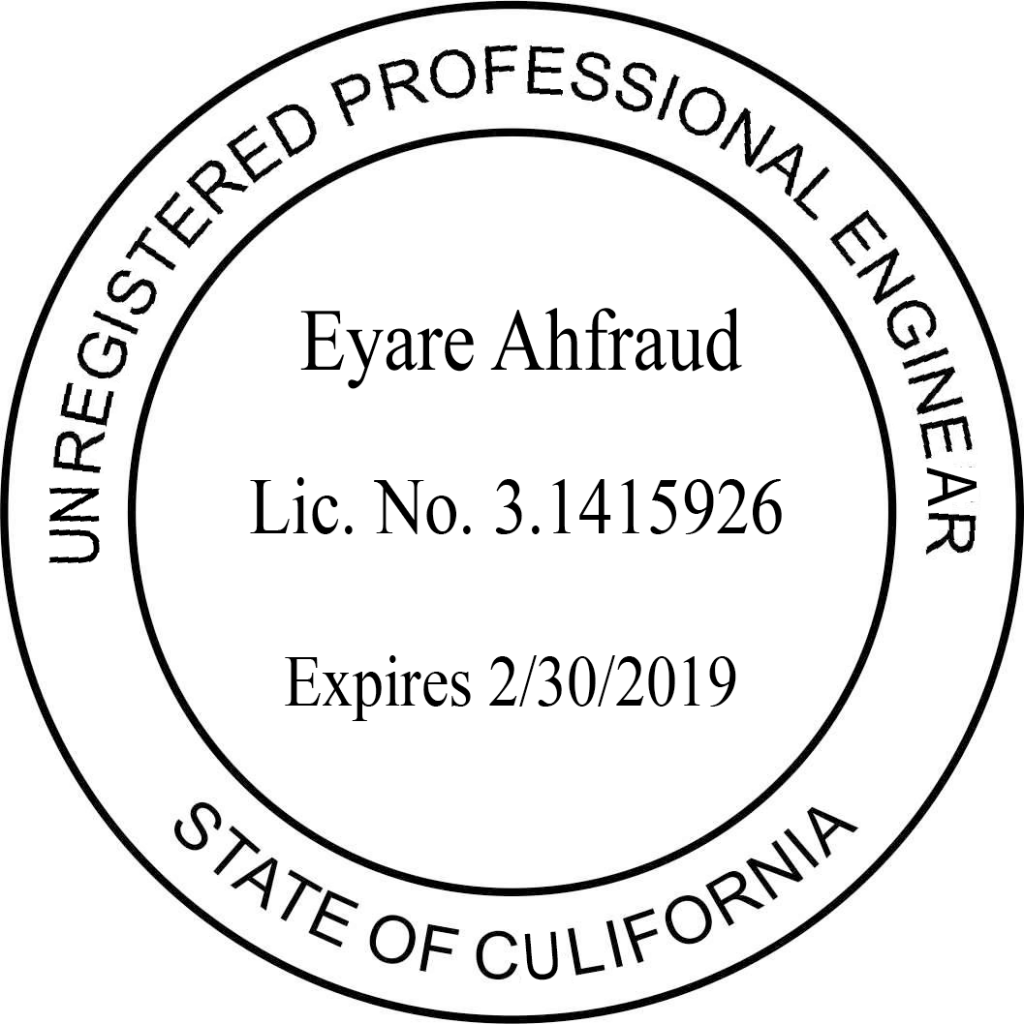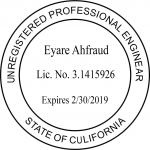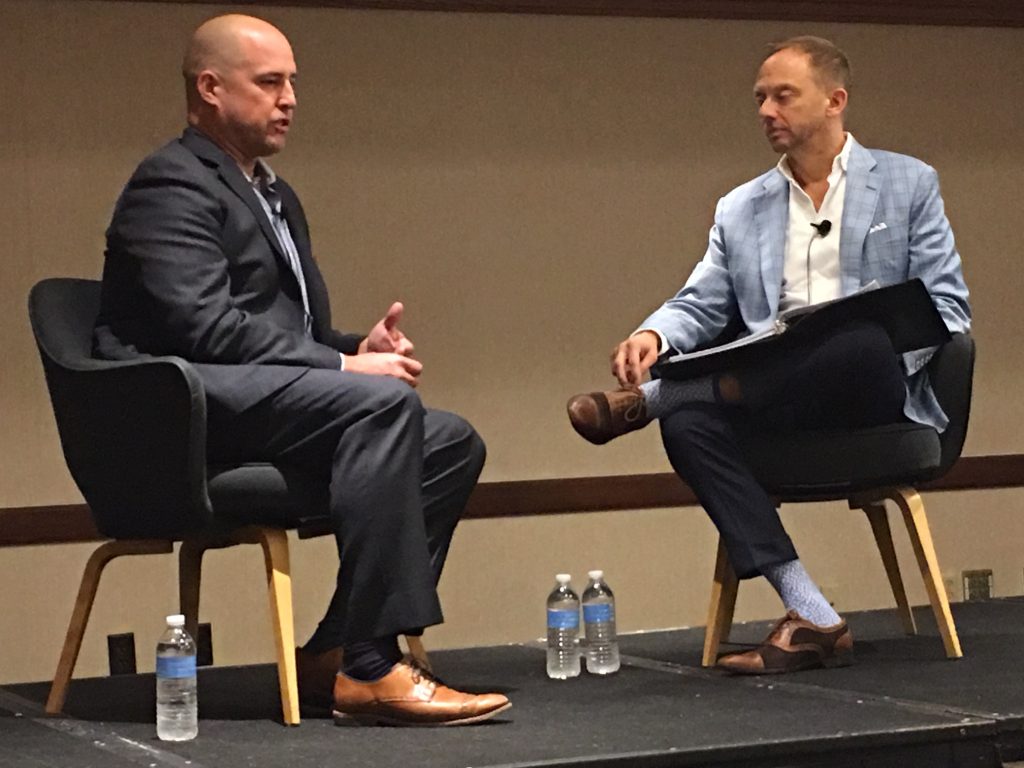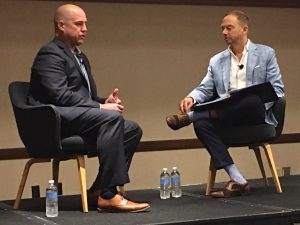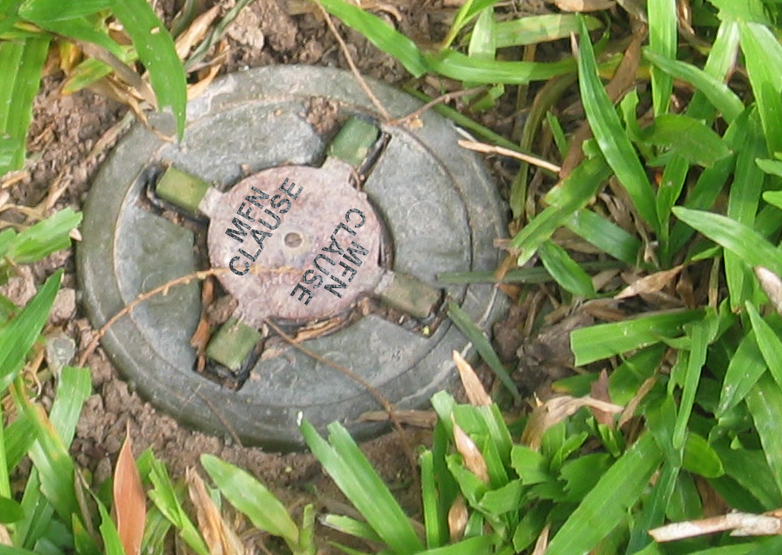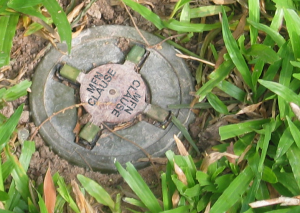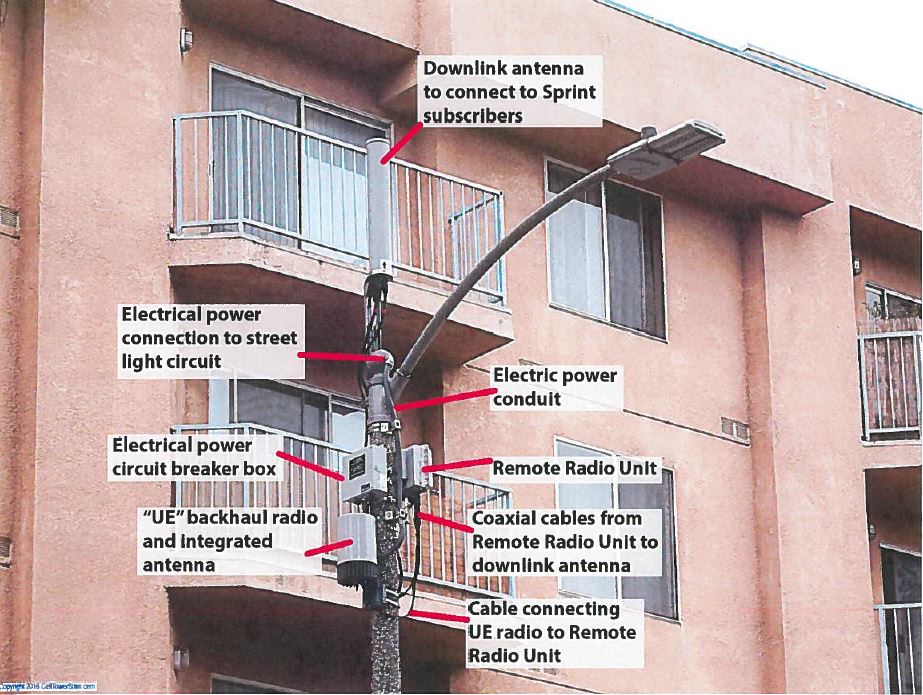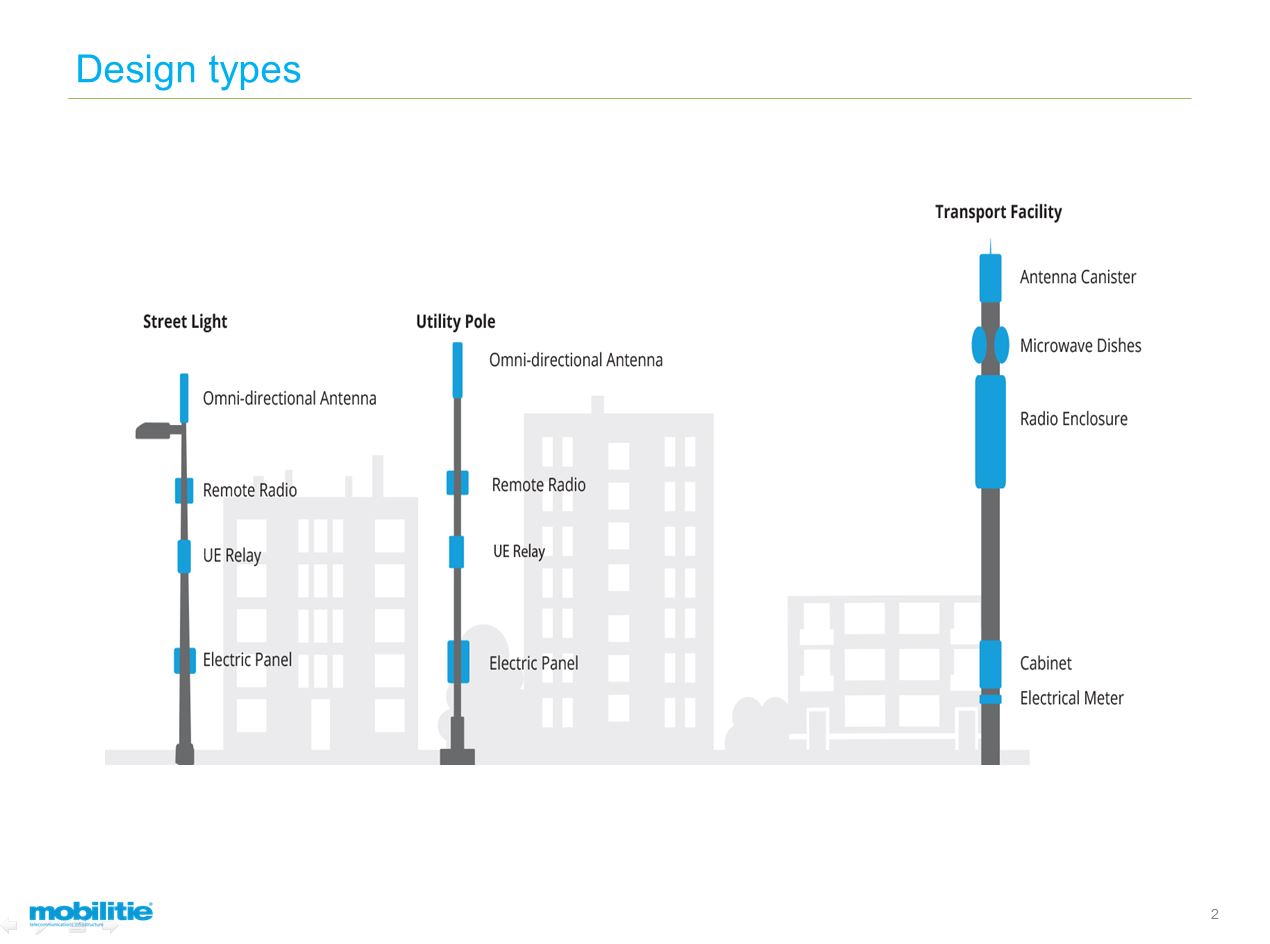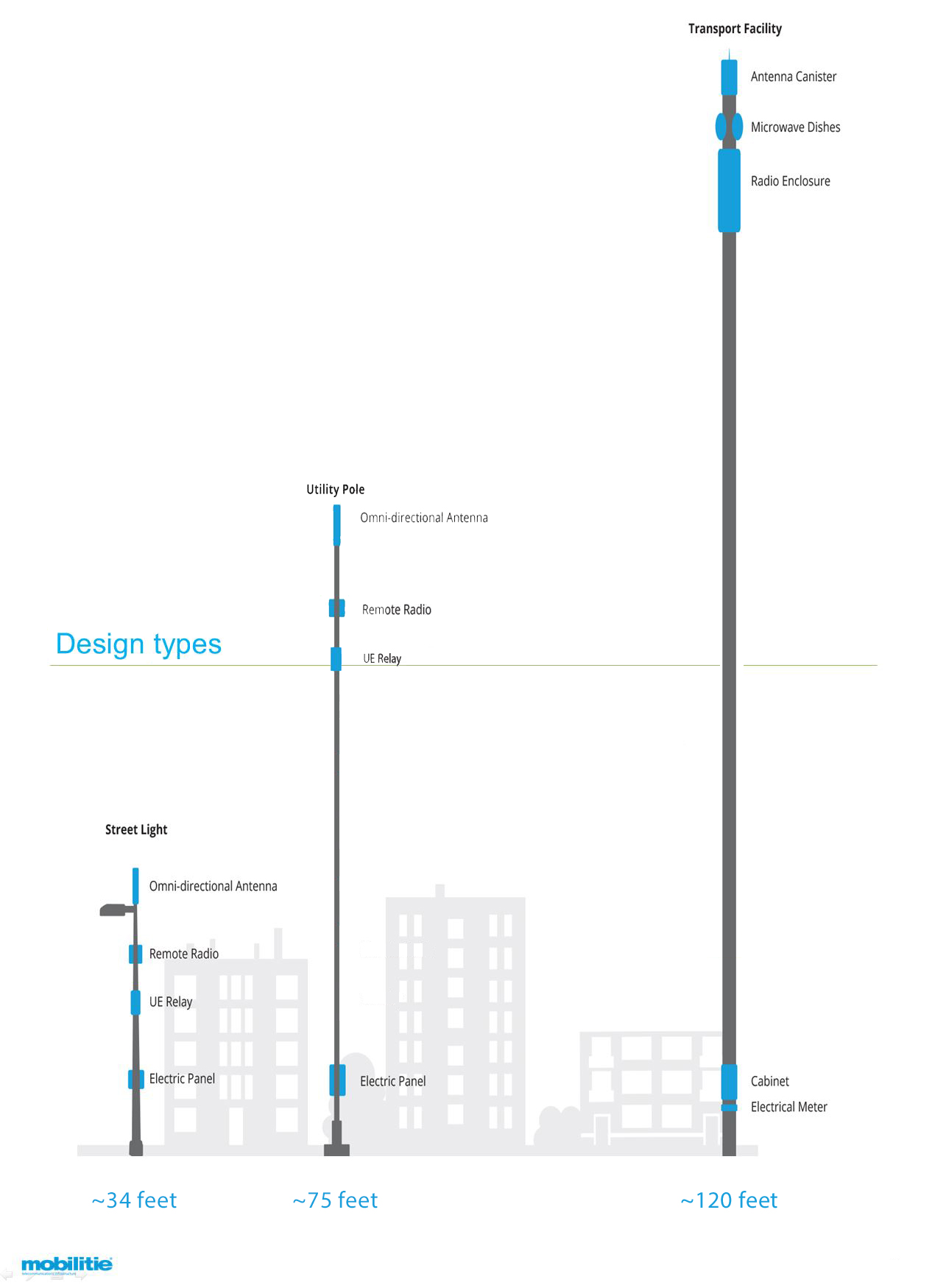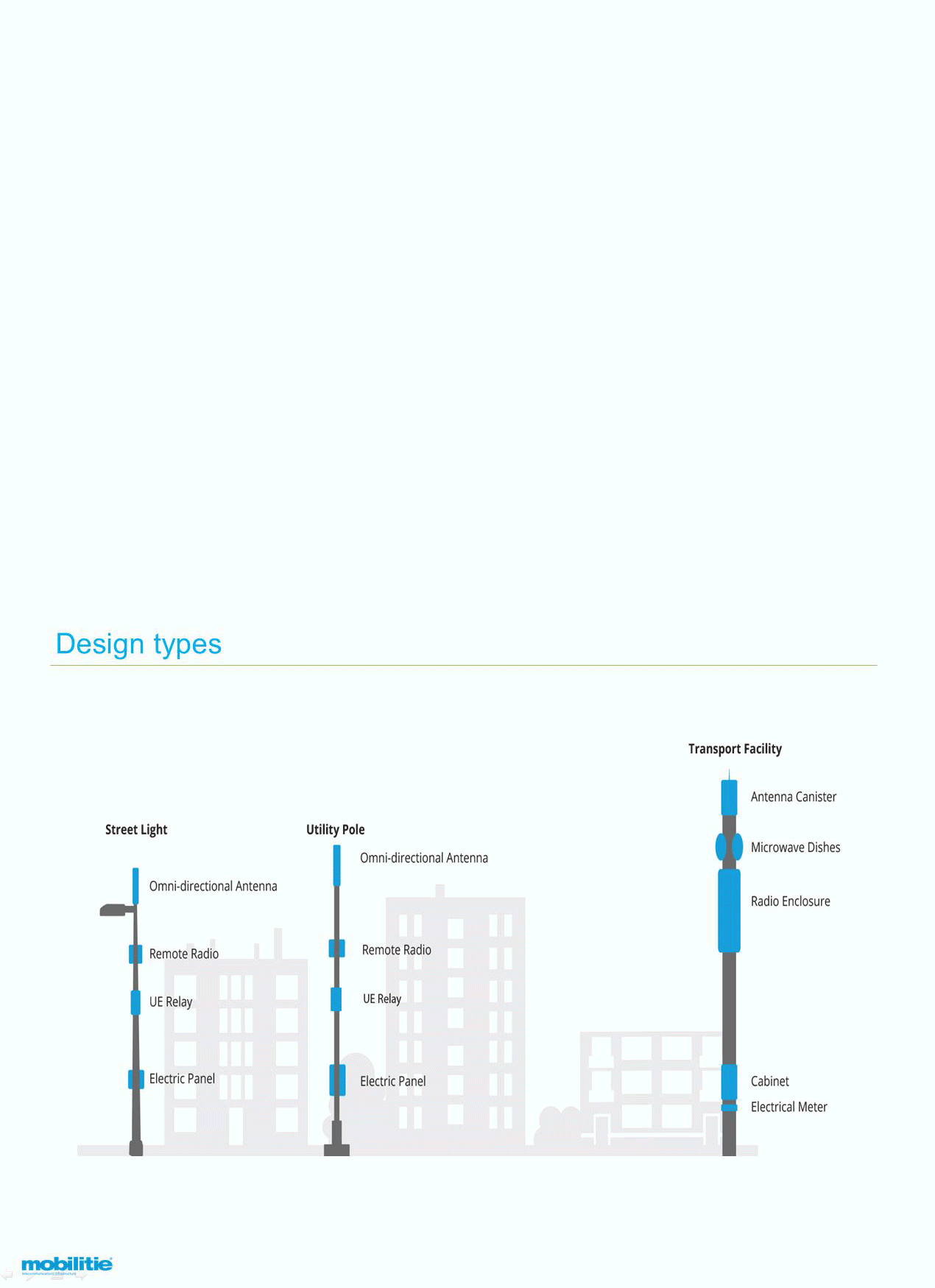The wireless and cable industries are pushing new legislation in Sacramento to engage in bulk permitting of telecommunications facilities. The alleged basis is to speed up broadband deployment, but the bill does not impose ANY requirements for that deployment. Essentially, it’s the ‘if you make it easy for the industry, they will come through to serve the un(der) connected’ approach that has repeatedly failed to bridge the digital divide in California.
Take a look at the state of this legislation as of June 13, 2023:
SECTION 1.
This act shall be known, and may be cited, as the Broadband Permit Efficiency and Local Government Staff Solution Best Practices Act of 2023.
SEC. 2.
The Legislature hereby finds and declares all of the following:
(a) Governor Gavin Newsom’s Executive Order N-73-20 stated that “the COVID-19 pandemic has amplified the extent to which broadband is essential for public safety, public health, and economic resilience.”(b) The public’s increased reliance on high-speed internet access for remote work, telehealth, emergency response, education, and commerce demonstrates the need for legislation to accelerate the deployment of broadband infrastructure.(c) The length of time it takes for a local jurisdiction to process permits for broadband projects is among the many factors that can directly impact the length of time it takes before a project can provide high-speed internet service to a local community and get people connected.(d) Each local jurisdiction in California has its own permitting process and timeline for broadband projects. Some utilize the industry best practice of permit batching, master permit, programmatic permits, or term permits, which allows large volumes of substantially similar broadband permits to be processed and approved within an expedited timeframe.(e) Both public and private broadband projects are trying to be built as fast as possible since unobligated federal American Rescue Plan Act of 2021 (Public Law 117-2) funds expire on December 31, 2024.(f) Each year, thousands of broadband permit applications are submitted to local jurisdictions throughout California that would improve internet connectivity for residents and businesses.(g) Processing groups of substantially similar broadband permits at the same time will be more efficient on the workload of local government staff. Permit fees will still be received by local governments, but staff can more easily process routine, high-volume broadband permits as a group instead of individually to help bridge the digital divide.(h) Batch broadband permitting processing will allow local governments to more easily process routine, high-volume broadband permits as a group instead of individually to help more quickly connect communities to high-speed internet.(i) Given the importance of broadband for public safety, public health, economic growth, education, and job creation, it is in California’s best interest for public and private broadband project permits to be processed as quickly and efficiently as possible.SEC. 3.
Section 65964.3 is added to the Government Code, to read:
65964.3.
(a) For purposes of this section, the following definitions apply:
(1) “Batch broadband permit processing” means the simultaneous processing of multiple broadband permit applications for substantially similar broadband project sites under a single permit.(2) “Broadband permit application” means an application or other documents submitted for review by a local agency to permit the construction of a broadband project.(3) “Broadband project” means the proposed facility, including the support structure and any supporting equipment necessary for operation of the proposed facility. A broadband project may be comprised of one or more components, including, but not limited to, a wireless facility, a fiber optic connection, and other supporting equipment, each of which may require separate permits or authorizations by a local agency.(4) “Local agency” has the same meaning as the term is defined in Section 65964.5, except that it does not include a publicly owned electric utility that is subject to Part 2 (commencing with Section 9510) of Division 4.8 of the Public Utilities Code.(5) “Presumptively reasonable time” means the timeframe, if any, specified in applicable law within which a local agency must review and resolve an application following submission of a complete broadband permit application. The presumptively reasonable time period may be modified by mutual, written agreement between the local agency and the applicant.(6) “Substantially similar broadband project sites” means broadband project sites that are nearly identical in terms of equipment and general design, but not location.(b) Subject to subdivision (e), a local agency shall undertake batch broadband permit processing upon receiving two or more broadband permit applications for substantially similar broadband project sites submitted at the same time by the same applicant. Batch broadband permit processing for wireless broadband projects shall be completed within a presumptively reasonable time pursuant to applicable law unless a longer period of time is permitted under the circumstances pursuant to applicable law, including Section 1.6003 of Title 47 of the Code of Federal Regulations.(c) If a local agency does not approve broadband permit applications for substantially similar wireless broadband project sites submitted for batch broadband permit processing pursuant to this section and issue permits, or reject the applications and notify the applicants, within the presumptively reasonable time or a longer period permitted under applicable law, all of the permits shall be deemed approved pursuant to Section 65964.1.(d) The Legislature finds and declares that batch broadband permitting processing will allow local governments to still receive permit fees, but staff can more easily process routine, high-volume broadband permits as a group instead of individually to help bridge the digital divide and more quickly connect communities to high-speed internet. This will allow the state to meet the federal broadband funding deadline of December 31, 2024, while creating greater broadband equity amongst communities so more individuals can have access to high-speed internet access for emergency response, remote work, telehealth, education, and commerce.(e) The requirements of this section shall not apply to eligible facility requests, as defined and governed by Section 1455 of Title 47 of the United States Code.(f) (1) This section does not preclude a local agency from requiring compliance with any requirements relating to the design, construction, or location of broadband projects that the local agency is otherwise authorized to impose or enforce under applicable law, including, without limitation, any generally applicable health and safety requirements.(2) If a broadband permit application is denied, the local agency shall notify the applicant in writing of the reasons for the denial.(g) Nothing in this section shall supersede, nullify, or otherwise alter the requirements to comply with safety standards, including, but not limited to, both of the following:(1) Article 2 (commencing with Section 4216) of Chapter 3.1 of Division 5 of Title 1.(2) The Public Utilities Commission’s General Order No. 128, Rules for Construction of Underground Electric Supply and Communication Systems, or successor rules adopted by the commission.(h) (1) A local agency may place reasonable limits on the number of broadband project sites that are grouped into a single permit while undertaking batch broadband permit processing.(2) A reasonable limit imposed pursuant to paragraph (1) shall be no less than either of the following:(A) For a city with a population of fewer than 50,000 or a county with a population of fewer than 150,000, including each city within that county, 25 project sites.(B) For a city or county with a population greater than the applicable population described in subparagraph (A), 50 project sites.(3) A local agency may only remove a broadband project site from grouping under a single permit under mutual agreement with the applicant or to expedite the approval of other substantially similar broadband project sites.(i) A local agency may impose a fee on batch broadband permitting processing consistent with Section 50030. Where limited resources affect a local agency’s ability to process applications for a broadband project, including batched applications, a local agency shall work with the applicant in good faith to resolve those resource limitations, which may include, but is not limited to, provision by the applicant of supplemental resources.SEC. 4.
The Legislature finds and declares that the efficient approval of broadband permit applications is critical to the deployment of broadband services, is a matter of statewide concern, and is not a municipal affair as that term is used in Section 5 of Article XI of the California Constitution. Therefore, Section 3 of this act adding Section 65964.3 to the Government Code applies to all cities, including charter cities.
SEC. 5.
No reimbursement is required by this act pursuant to Section 6 of Article XIII B of the California Constitution because a local agency or school district has the authority to levy service charges, fees, or assessments sufficient to pay for the program or level of service mandated by this act, within the meaning of Section 17556 of the Government Code.
Here’s a link to the current status of this Bill in the Assembly: https://leginfo.legislature.ca.gov/faces/billCompareClient.xhtml?bill_id=202320240AB965&showamends=false


